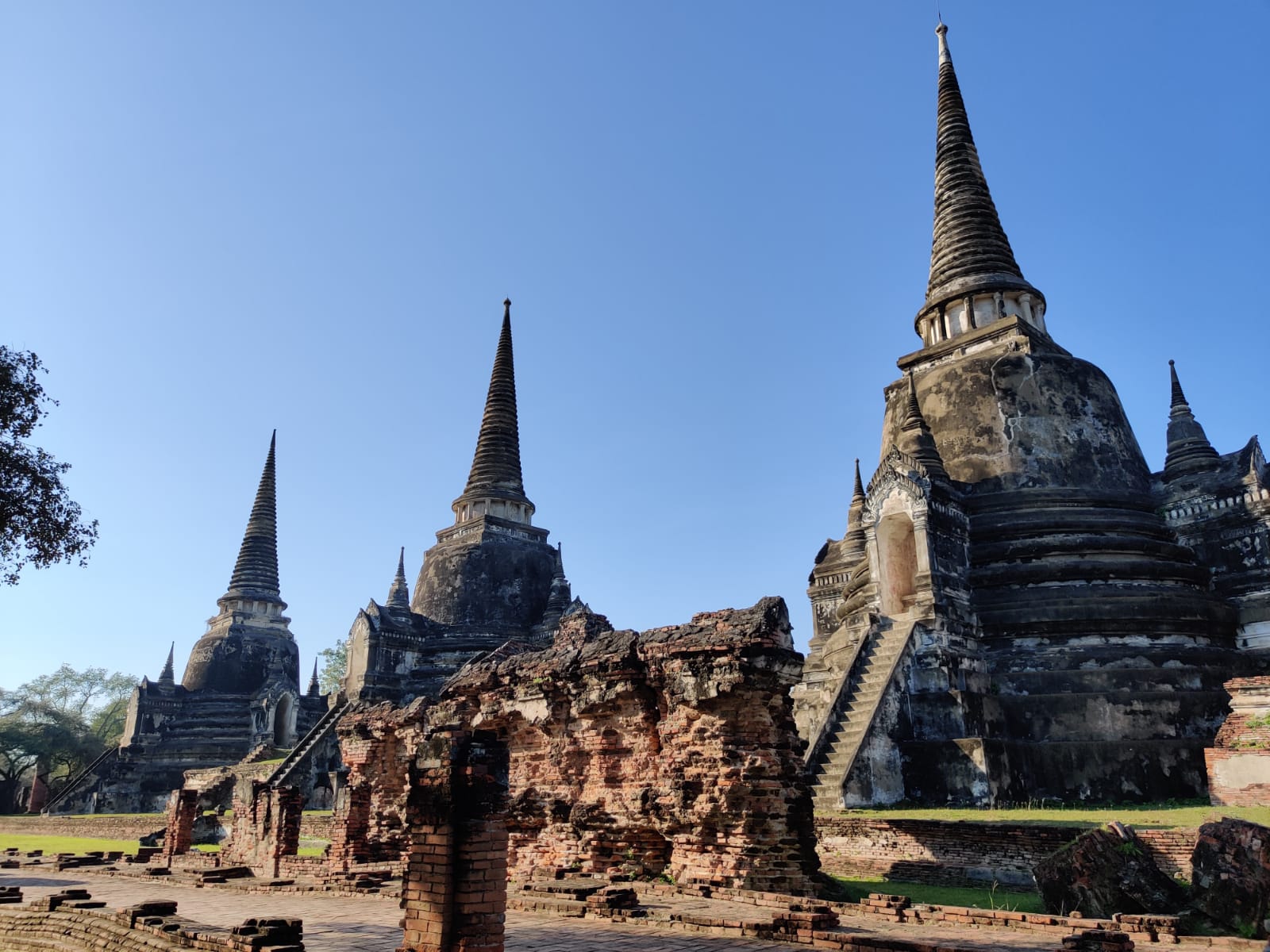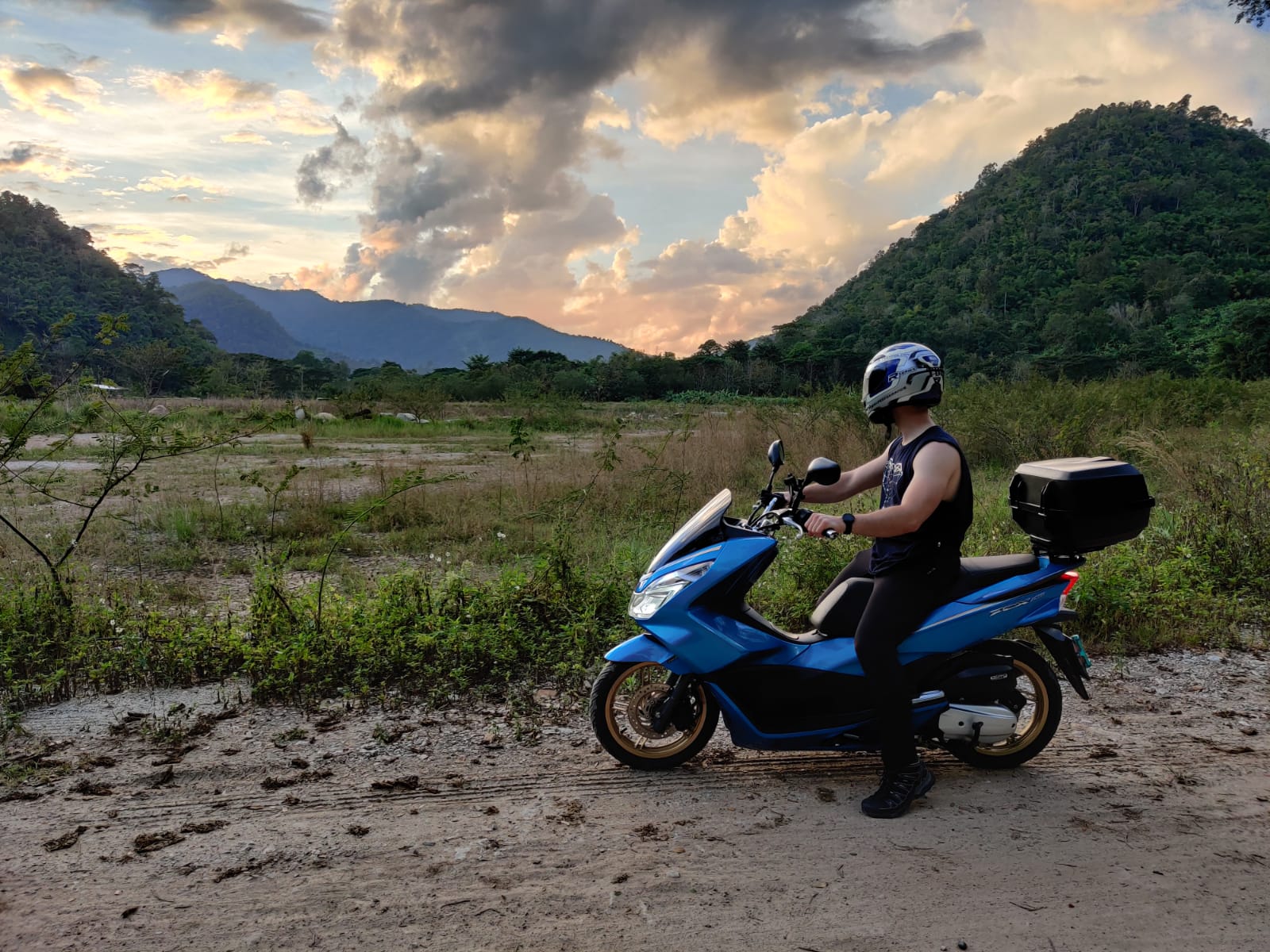A scuba diving Komodo island liveaboard, an activity that once seemed as elusive as the depths of the ocean itself. As someone who harbored a fear of water and couldn’t even submerge without pinching my nose, the idea of exploring the underwater wonders of the Komodo Islands was nothing short of a distant dream. Yet, as they say, love knows no bounds, and my partner’s passion for the underwater world transformed this seemingly insurmountable fear into a compelling item on my bucket list.
Now, let me spare you the comical details of my underwater misadventures and my uncanny ability to turn scuba diving lessons into poolside episodes involving more drinking than diving. Suffice it to say, my initiation into the world of scuba diving was, let’s say, unconventional. But, oh boy, did scuba diving elevate the game of our backpacking adventures! Fast forward two years and we were standing on the shores of the Komodo Islands, ready to plunge into an underwater realm I never thought I’d embrace.
Why scuba diving in the Komodo Islands?
Renowned as world-class diving sites, the Komodo Islands are a dream destination for underwater enthusiasts. Despite the global challenge of coral bleaching, the Komodo Islands still showcase some of the most colorful coral formations and marine life on the planet.
Being a wildlife conservationist, I often get the question why I would encourage tourist diving since it’s destroying the beautiful reefs. Well, my passion for marine life was born out of seeing these marvelous underwater world in the first place and I think it’s fair to encourage people to watch the beautiful nature around them and asking them to preserve it. Moreover, scuba divers will most likely keep scuba diving, but if we make people aware about more sustainable diving, this would already be a valid asset.
→Would you like to develop your diving skills and devote some of your time to contribute to marine research and coral restoration at the same time? There are plenty of marine conservation organizations all around Indonesia. Make sure to investigate sustainable good quality conservation programs really good beforehand. You want to actually learn and contribute to something.
How to get to Komodo Island?
Wondering how to make your way to the enchanting Komodo Islands? Here are your options:
1. Fly to Labuan Bajo, Flores:
The most common and convenient way is to catch a 1-2 hour flight depending on your location in Indonesia) to Labuan Bajo, located in Flores and considered the gateway to the Komodo Islands. Labuan Bajo is well-connected by domestic flights, and this is your epicenter for Komodo Island trips.
2. Boat from Lombok or Bali:
For those seeking a more maritime journey, you can opt for a boat ride from either Lombok or Bali to the Komodo Islands. This sea voyage offers a unique 4 days/3 nights Komodo Island cruise experience, allowing you to visit key spots on your way to Labuan Bajo.
3. Ferry + Bus Combination:
A less comfortable but viable option involves a ferry and bus combination. It might not be the most luxurious, but it’s an adventure in itself.
While the Komodo Islands boast unique and spectacular sights, many divers agree that the true magic lies beneath the waves in the waters around Komodo National Park. If you’re an aspiring diver, taking a flight to Labuan Bajo is recommended. From Labuan Bajo, you can embark on a day trip to Komodo National Park to explore its hotspots and focus on the diving experience.
Best time to dive in Komodo National Park
The optimal time for a liveaboard diving experience in Komodo National Park is from May to October, during the dry season. For those seeking the lush green landscapes of the Komodo Islands, May and June are particularly recommended. Conversely, the period from December to March marks the rainy season, bringing potentially challenging diving conditions. Despite the seasonal variations, the water temperature remains consistently comfortable at around 29 degrees throughout the year.
Costs of a diving liveaboard in Komodo National Park
For the adventurous nomad seeking extraordinary experiences without breaking the bank, a scuba diving Komodo island liveaboard tour with Blue Marlin Komodo is a comfortable choice. When selecting a dive operator, it’s crucial to delve into their safety measures, equipment quality (check for reviews), and commitment to sustainable practices or collaborations with marine conservation researchers.
Now, the burning question: How much did our 4 days/3 nights diving liveaboard in Komodo cost? Let’s break it down:
- Diving trip with 11 dives (including diving gear) and Rinca trekking: 700 euros
- PADI Advanced Course: 230 euros
Keep in mind that being PADI Advanced certified is often a prerequisite due to strong currents in the Komodo Islands. If you lack this certification, search for companies who offer options like completing the PADI Advanced course during the first two days of the diving trip.
- Daily Komodo National Park entrance fee for 4 days: 60 euros
The entire experience came to a total cost of 1000 euros. We didn’t have a private cabin though. As night fell, the staff thoughtfully arranged pillows and mattresses on the deck, allowing us to sleep beneath the stars. It was a magical experience, to say the least.
During our stay, we were treated like royalty. The staff generously provided oxygen with full tanks around 230-250 bars, enabling dives lasting more than an hour each time. As our guide aptly put it, “Eat, dive, sleep, repeat” became the mantra of our days aboard the liveaboard.
A scuba diving Komodo island tour: dive sites
Embarking on our 4 days and 3 nights diving expedition, we explored a total of 11 dive sites situated in the central and southern regions of Komodo National Park. Throughout our underwater journey, we encountered a diverse array of marine life, including various fish species, turtles, white and black-tipped reef sharks, and the majestic black and white manta rays, all surrounded by breathtaking coral formations.
Here’s a glimpse of our dive itinerary:
insert pic ‘komodo island dive sites map of Blue Marlin Komodo’
Day 1:
- Siaba Besar
- Waenilu (night dive)
Day 2:
- Mawan (drift dive): The currents can be intense, but the upside is a higher chance of shark encounters!
- Siaba Kecil: A personal favorite with millions of fish and stunning corals.
- Batu Bolong
Day 3:
- Castle Rock
- Cauldron: Dubbed the ‘shotgun.’ Divers can turn around, hold onto the corals (only with one finger!), and let go together, simulating the sensation of a real shotgun blast.
- Crystal Rock: A rare spot where unicorn fish interact with divers, enjoying the bubbles. Turning upside down, you can witness their little eyes relishing the bubble massage, it’s one of the cutest things I’ve ever seen!.
- Makassar Reef or Manta Point: Unfortunately impacted by popularity, this was once a manta feeding station, now showing signs of broken and bleached corals.
Day 4:
- Tatawa Kecil
- Tatawa Besar: The most beautiful dive site in Komodo if you ask me. The corals were amazing!
→Ready to explore more world-class diving spots in South East Asia? Check out our article on diving in the Similan Islands, Thailand!




